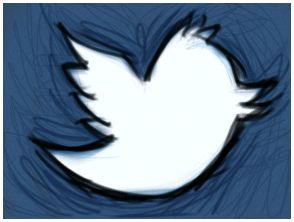The hashtag #, or octothorpe depending on your etymological preference, is commonly used on social media to group discussions according to their topic. For example, tweets which include #iplaw allow users to quickly filter posts about IP law. But what about when lawyers use the hashtag #INTA14? Could that ever entitle the International Trademarks Association to bring an action for infringement?

In the European Union, the cumulative test for trade mark infringement of an identical sign is taken from Harmonisation Directive 89/104 (and carefully sculpted by the ECJ over the years):
Article 5(1)(a) ...the proprietor of a trade mark is entitled to prohibit a third party from using, without the proprietor's consent, a sign identical with that trade mark when that use is in the course of trade, is in relation to goods or services which are identical with, or similar to, those for which that trade mark is registered, and affects, or is liable to affect, the functions of the trade mark, in particular the essential function of indicating origin.
As to when the origin function is adversely affected, an advertisement will infringe if it does not:
enable normally informed and reasonably attentive internet users, or enables them only with difficulty to ascertain whether the goods or services referred to by the advertisement originate from the proprietor of the trade mark... or on the contrary, originate from [an unconnected] third party (Google France).

#INTA14
Basically, if consumers will interpret the advertisement as indicating that there is an economic link between the owner of the trade mark and the advertiser, or it is unclear whether there is such a connection, then it will infringe. This obviously depends on the nature of the goods or services, their target demographic, the parties' businesses as well as the manner in which the advertisement is displayed. That perception will also change over time, potentially very quickly.
In the context of the #INTA14 hashtag used by trade mark attorneys and their firms on Twitter, we have an identical sign, used in the course of trade, in relation to identical or similar services. The key question is whether the average consumer will readily interpret the use of #INTA14 as originating from the International Trademarks Association, an economically-linked entity or an unconnected third party.
If the origin of the commercial message is unclear, the tweeter will need to argue that the hashtag is used with the owner's consent or , failing that, that the tweet is "with due cause" and justified because it is descriptive of the topic.
In a world where an innocent tweet can "go viral" in minutes, businesses using competitors' trade marks tread a delicate tightrope between capturing the zeitgeist and straying into infringement if they piggy-back on third parties' hashtags.
Adapted from an article first published in Ahuja's World Patent & Trademark News, INTA May 2014
The content of this article is intended to provide a general guide to the subject matter. Specialist advice should be sought about your specific circumstances.
